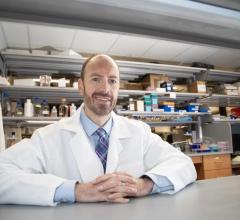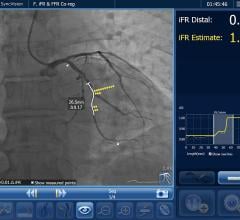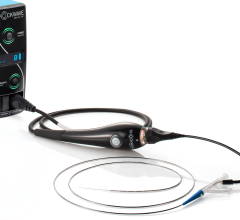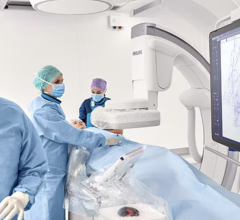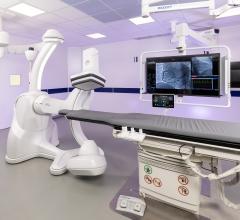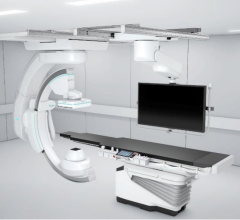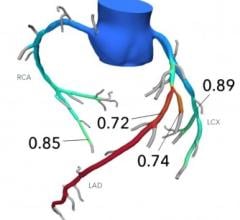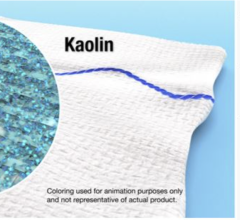
March 31, 2025 -— BioCardia, Inc. recently announced two-year outcomes from the double-blind randomized placebo-controlled Phase 3 CardiAMP-HF study of its CardiAMP autologous minimally invasive cell therapy for treating ischemic heart failure in patients with reduced ejection fraction (HFrEF). Results were presented at ACC 2025 by co-principal investigator Amish N. Raval, MD, FACC, professor of medicine at the University of Wisconsin School of Medicine and Public Health.
“This clinical trial was conducted because there remains a large group of heart failure patients today who are insufficiently responsive to optimized heart failure medication. In this CardiAMP-HF Trial, patients who received the novel cell therapy adjunctive to medication experienced decreased mortality and MACCE, with improved quality of life compared to those on medication alone. These benefits appeared to be greater in patients with elevated NTproBNP — comprising half of treated patients — reaching statistical significance in the composite measure of these outcomes,” Dr. Raval said. “The trial shows us that CardiAMP therapy has the potential to safely and significantly improve survival and quality of life for heart failure patients in distress, encompassing a large group of patients we see in daily practice.”
The CardiAMP-HF Trial studied 115 ischemic heart failure patients with reduced ejection fraction (HFrEF) enrolled at 18 centers in the United States and Canada. All patients studied were maintained on heart failure medication, with treated patients receiving a single dose of CardiAMP Cell Therapy adjunctive to medication. Two-year results from the trial demonstrated:
In patients with elevated NTproBNP biomarkers (50% of enrolled patients) compared to patients on optimized heart failure medication regimens alone:
- 13% fewer heart death equivalents (all-cause death, heart transplantation, left ventricular assist device implantation); 47% relative risk reduction in heart death equivalents
- 2% fewer non-fatal major adverse cardiac and cerebrovascular events MACCE; 16% relative risk reduction in MACCE
- Clinically meaningful 10.5-point improvement in quality-of-life score, as measured by Minnesota Living with Heart Failure Questionnaire (MLHFQ)
- 13.9-meter improvement in Six Minute Walk Distance
In all treated patients compared to patients on optimized heart failure medication regimen alone:
- 3.6% fewer heart death equivalents; 20.9% relative risk reduction in heart death equivalents
- 8.7% fewer non-fatal MACCE; 44.6% relative risk reduction in non-fatal MACCE
- Clinically meaningful 5.5-point improvement in quality of life score, as measured by MLHFQ
- 14% fewer non-sustained ventricular tachyarrythmias and 5.5% fewer sustained ventricular tachyarrhythmias
Although both treated and controlled patients saw modest improvements in left ventricular ejection fraction, treated patients also showed evidence of reduced left ventricular end diastolic and end systolic volumes
“It is interesting to note that the results for this therapy were durable at two years, suggesting the therapy may have lasting benefits for the heart that may help prevent disease progression,” said Carl Pepine, MD, co-principal investigator of the CardiAMP-HF Trial and professor of medicine with the University of Florida. “It is an exciting prospect to anticipate an addition to our heart failure armamentarium that can meaningfully improve patients’ lives to an extent that many don’t enjoy today.”
Designated by the FDA as a Breakthrough Therapy with significant potential to improve upon current therapies, CardiAMP Cell Therapy incorporates three proprietary elements not previously utilized in cardiac cell therapy: 1) a pre-procedural cell analysis to identify likely responders, 2) a high target dosage of cells, and 3) a minimally-invasive system for cell therapy delivery to the damaged area of the heart that has been shown to be safer and promote greater cell retention than other intramyocardial delivery systems.
“The patient benefits suggested by this trial help to clinically validate our therapy’s observed mechanism of action for improving capillary density and promoting greater blood flow, and decreasing fibrosis leading to healthier cardiac tissue,” said Peter Altman, PhD, BioCardia President and CEO. “The group of high responders to CardiAMP therapy represents a market of approximately one million patients in the United States alone, who today cost the healthcare system $30 billion per year for their care, most of which is inpatient care1. These figures highlight that CardiAMP cell therapy also has potential to make a significant contribution toward reducing the cost of heart failure to society by improving the health of these patients. We look forward to sharing the CardiAMP-HF two-year data with both the U.S. FDA and Japan PMDA soon to align on the pathways that could make it available for physicians and their patients as soon as possible.”
References:
- Heidenreich PA, Fonarow GC, Opsha Y, Sandhu AT, Sweitzer NK, Warraich HJ; HFSA Scientific Statement Committee Members Chair. Economic Issues in Heart Failure in the United States. J Card Fail. 2022 Mar;28(3):453-466. doi: 10.1016/j.cardfail.2021.12.017. Epub 2022 Jan 24. PMID: 35085762; PMCID: PMC9031347.


 May 01, 2025
May 01, 2025 

